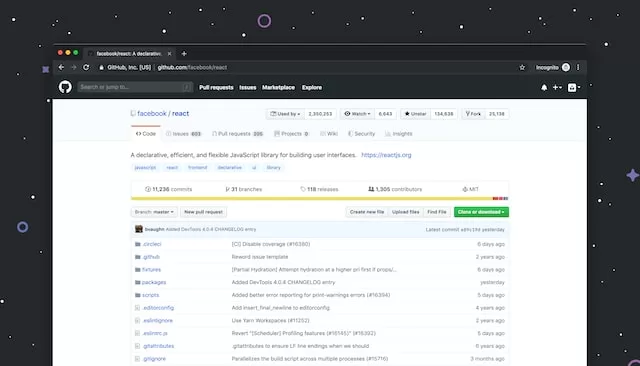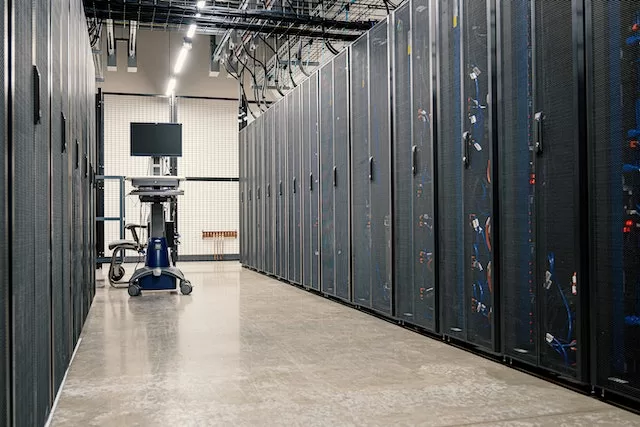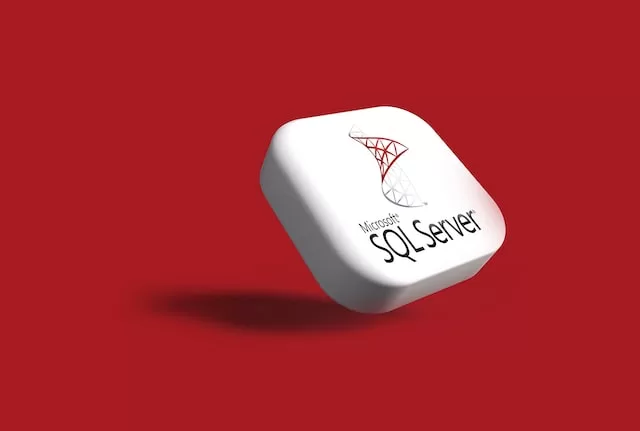A repository is a place where data is stored and organized, while a database refers to the structure used to store and manage that data. In other words, a repository is a container for data, while a database is the system that manages that data. Repositories can be either local or remote, while databases are always located on a server.
What is a Repository?
(Photo By Rubaitul Azad on Unsplash)

A repository is a place where data is stored.
A repository can be thought of as a kind of library for data. It is a place where data is organized and stored so that it can be easily accessed and used. A repository can be physical or digital, and it can be local or global.
There are many different types of repositories, but they all share some common characteristics. For example, repositories typically have a well-defined structure and hierarchy. They use metadata to describe and organize their contents, and they provide access control to ensure that only authorized users can access the data.
Repositories are an important part of the modern world because they help us manage and keep track of the ever-increasing amount of data that we create and consume. They also enable us to share data with others so that we can collaborate on projects or simply exchange information.
What is a Database?
(Photo By Brett Sayles: )

A database is a collection of data that can be accessed by computers. The data is stored in a format that can be easily read by the computer. A database can be small, like a single file on your computer, or it can be large, like a million files on a server.
Repository Vs. Database – Key difference
A repository is a place where data is stored and organized, while a database is a more specific type of repository that is used to store data in a structured way.
Here’s a more detailed explanation of the difference between repositories and databases: A repository is a general term for a place where data is stored. This can be anything from a physical location, like a filing cabinet, to a digital location, like a server. A database, is a specific type of repository that stores data in a structured way. This means that the data is organized into tables and fields, making it easy to query and extract specific information.
Benefits of using a database over a repository
One of the main benefits of using a database over a regular repository is that it allows you to easily access and manipulate your data. For example, if you need to find all the customers who live in California, you can simply query the database for this information. With a regular repository, you would have to manually search through all the records to find the ones you’re looking for.
When to Use a Repository vs. a Database
– If you need to store a large amount of data that is constantly changing, a database is a good choice. This is because databases are designed to handle high volume data inserts, updates, and deletes.
– If you need to store data that is not going to change much, or if you need to be able to access specific versions of the data (for example, if you’re working on a project that uses multiple versions of the same data), then a repository is a better choice. This is because repositories are designed for storing static data that can be easily accessed and versioned.
Are repositories databases?
A repository is a database that stores data. A database is a collection of data that can be accessed by computers. A repository can be a database, but a database cannot be a repository.
Which type of database is used as a repository?
There are two types of databases that can be used as repositories: relational databases and object-oriented databases. Relational databases, such as Microsoft SQL Server, Oracle Database, and IBM DB2, are the most commonly used type of database. Object-oriented databases, such as MongoDB and Apache Cassandra, are less commonly used but offer some advantages over relational databases.
What is the purpose of a database?
A database is a collection of data that can be accessed by computers. A repository is a place where data is stored. A database can be used to store data in a structured way, so that it can be accessed by computers. A repository can be used to store data in an unstructured way, so that it can be accessed by humans.
What are the two main types of repositories?
There are two main types of repositories: database repositories and file repositories.
Database repositories store data in a structured format, making it easy to query and update. File repositories, on the other hand, store data as a series of files, making it more difficult to query but easier to update individual records.
What are the 5 types of databases?
1. Relational databases
2. Object-oriented databases
3. Graph databases
4. Hierarchical databases
5. Flat-file databases
What type of database is SQL?
(Photo By Luke Chesser on Unsplash)

SQL is a type of database that stores data in a structured format. It is easy to use and provides a variety of features that make it a popular choice for storing data.
Is Excel considered a database?
Excel is not considered a database because it is not designed to store and manage large amounts of data. A database is a structured collection of data that can be accessed by computers. It is typically used to store information that needs to be retrieved quickly, or to support web applications.
What are the 4 main objects of a database?
A database is a collection of data that can be accessed by computers. A repository is a place where data is stored.
The four main objects of a database are:
1. Tables
2. Views
3. Stored Procedures
4. Triggers
Featured Image By – Sunder Muthukumaran on Unsplash








